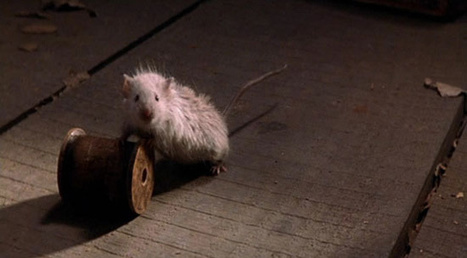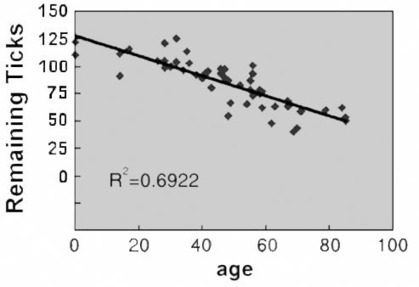Inducing cells to express telomerase, the enzyme which is supposed to slow down the metabolic clock, has enabled researchers boost the lifespan of mouse by 24% with a single treatment.
The gene therapy acts on specific genes and is applied in adult life, not from the embryonic stage. Researchers at the Spanish National Cancer Research Center (CNIO) have demonstrated that the mouse lifespan can be extended by the application of one treatment acting directly on the animal’s genes in adult life. The therapy has been found to be safe and effective in mice.
Adult and aged mice were treated with the gene therapy, delivering a rejuvenating effect. On average, the mice lived 24% longer. The older mice lived 13% longer. The therapy produces an appreciable improvement on the animal’s health and delayed the onset of age-related diseases.
The genes were treated with a DNA-modified virus. The viral genes were replaced by those of the telomerase enzyme, which plays a key role in aging. Telomerase repairs the extreme ends of chromosomes, and slows the cells and therefore the body’s biological clock.
There is a potential to develop a telomerase-based anti-aging gene therapy that won’t increase the risk of cancer. Telomeres are the caps that protect the end of chromosomes, but each time the cell divides, the telomeres get shorter until they lose all functionality. The cell then stops dividing or dies. Telomerase prevents telomeres from shortening or even rebuilding them.
In most cells, telomerase is only active before birth. The cells of adult organisms contain no telomerase. There are some exceptions such as adult stem cells and cancer cells, which divide limitlessly and could be immortal.
The risk of cancer tumor promotion is a risk that has set back telomerase-based anti-aging therapies. The kind of virus employed to carry the telomerase gene to the cells is very important. The viruses used is in this study have been successfully used in gene therapy treatment of hemophilia and eye disease. They are non-replicating viruses derived from others that are non-pathogenic in humans.
Via
Dr. Stefan Gruenwald



 Your new post is loading...
Your new post is loading...










